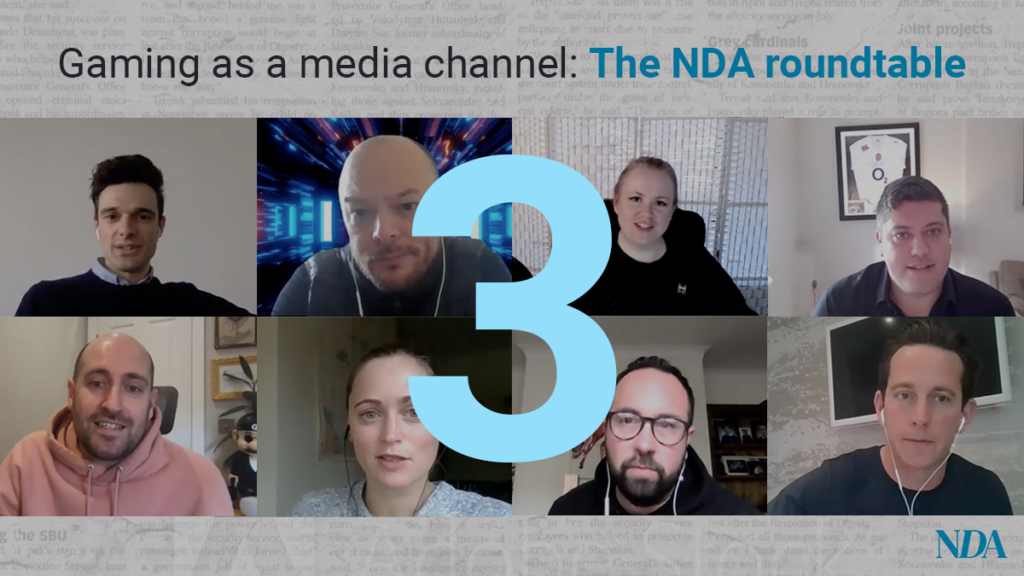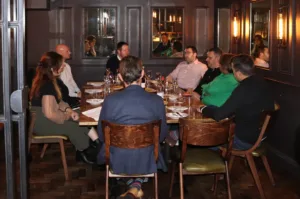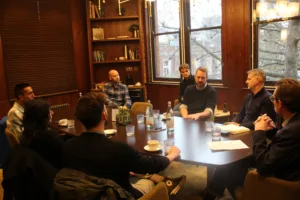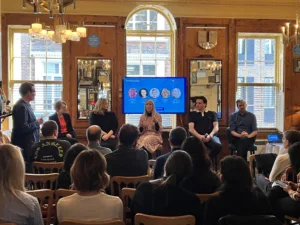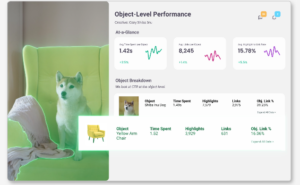Brands are getting ready to “jump” into gaming according to Marie Binet, Account and Innovation Director at Publicis Sport and Entertainment.
She says many recent projects around gaming at the agency were around building strategy and educating, explaining the ecosystem – often taking up to a year before the activation piece.
“I think brands will get ready to jump in in the next 12 months,” she says.
She was joined by Jeremy Taylor, VP EMEA at Anzu.io; Greg Carroll, Activision’s global VP of revenue; Haley Uyrus, head of brand communications at Mediatonic; Jerry Daykin, EMEA Senior Media Director, GSK; Samuel Huber, founder and CEO at Admix; and Dominic Woolfe, Azerion UK CEO and OMG head of futures Phil Rowley joined NDA Editor Justin Pearse to talk gaming’s future as a channel.
In a previous article Daykin said that advertisers were still nervous around the advertising opportunity, particularly in casual gaming, because of concerns around the quality of placements.
“You don’t often see lots of high brow brand brand advertising there, you see a lot of other games advertised, or performance brands and things like that. There’s a tide that needs to rise and brands will become more confident in it,” he adds here.
Yet many of the panelists were confident that formats were better than ever, giving great creative opportunities and better ways of measuring success.
Rowley says: “ There is no specific issue with being involved with gaming compared to digital in general, you know, there are platforms here, that can that can assure a reasonably good quality of inventory, reasonably good placements, that blend into the environment in the same way as you would just buy your digital banners.”
“All the way across the other side, there are people building giant virtual structures inside 3d environments. And I think that we really need to delineate the opportunities, there’s the entry level stuff, there’s the stretch goals, and there’s the moon shots. And I think clients think we mean the moonshot, but there are really simple opportunities that you can do buying on a CPM or by on a cost per click or whatever now.”
Huber says many advertisers are not aware of scalable infrastructure that allows branded content to be easily placed inside games. “The main reason, I think, is because the concept of you placing branded content inside games is not actually new, it’s been around for a long time, a lot of companies I’ve tried it before, but it was always approached from a agency point of view, it was very bespoke custom activation.”
Scale and brand safety are top of mind for Woolfe. He says: “Casual gaming fragmentation is definitely an issue in terms of reach. But I think what is there and what we have tried to do is almost create that sort of Netflix for games, you know, get involved with portals, make sure that everything’s brand safe, and all the rest of it. So people can come and actually come to a place one stop shop, and get scale, knowing that actually everything is safe for that audience. And that’s critical.”
Another crucial factor for all at the table is “authenticity”
Carroll says: “I’m still telling people you can’t shove a shampoo bottle into Call of Duty or a chocolate bar into Crash Bandicoot. Aligning expectations to advertisers is a constant battle.
“We’re creating interactive content – that’s what we do first, if we can, if we can partner with brands, which ultimately offer a benefit a, you know, they feel like something’s being genuinely additive to the experience, that’s a win. We’re a gaming company first and a marketing platform second.”
There are opportunities outside of games themselves, such as via Twitch. Uyrus also points to the “community aspect” of gaming.
“There’s also all sorts of different ways that people engage with. So there’s plenty of people that watch on Twitch or watch when their friends play. It’s such an immersive experience, even if you’re not the one in control, and a lot of games in recent years, especially because of things like YouTube and Twitch, have really capitalised on that.”
Woolfe says, there’s still plenty to do if gaming is to fulfil its massive potential. “We need to bust those myths with agencies and clients alike. Agencies and clients are definitely starting to get the benefits of gaming but as always there is often a lag between where the eyeballs are and where the money is going. That’s where I feel we are with gaming at the moment. The opportunity is huge but it isn’t yet being fully realised.
Another caveat, from Taylor. “We’re dealing with a very, very different world now than even several years ago. People are increasingly savvy and used to advertising, and get bombarded with advertising,” he says, suggesting that gaming is a “particularly sensitive space” for consumers because of the amount of attention they spend and because of how immersive it is. “The audience is far more sensitive to things here being put in front of them.”
However, he concludes: “I just think that is increasingly becoming the perfect way to reach a huge and very, very difficult audience.”


